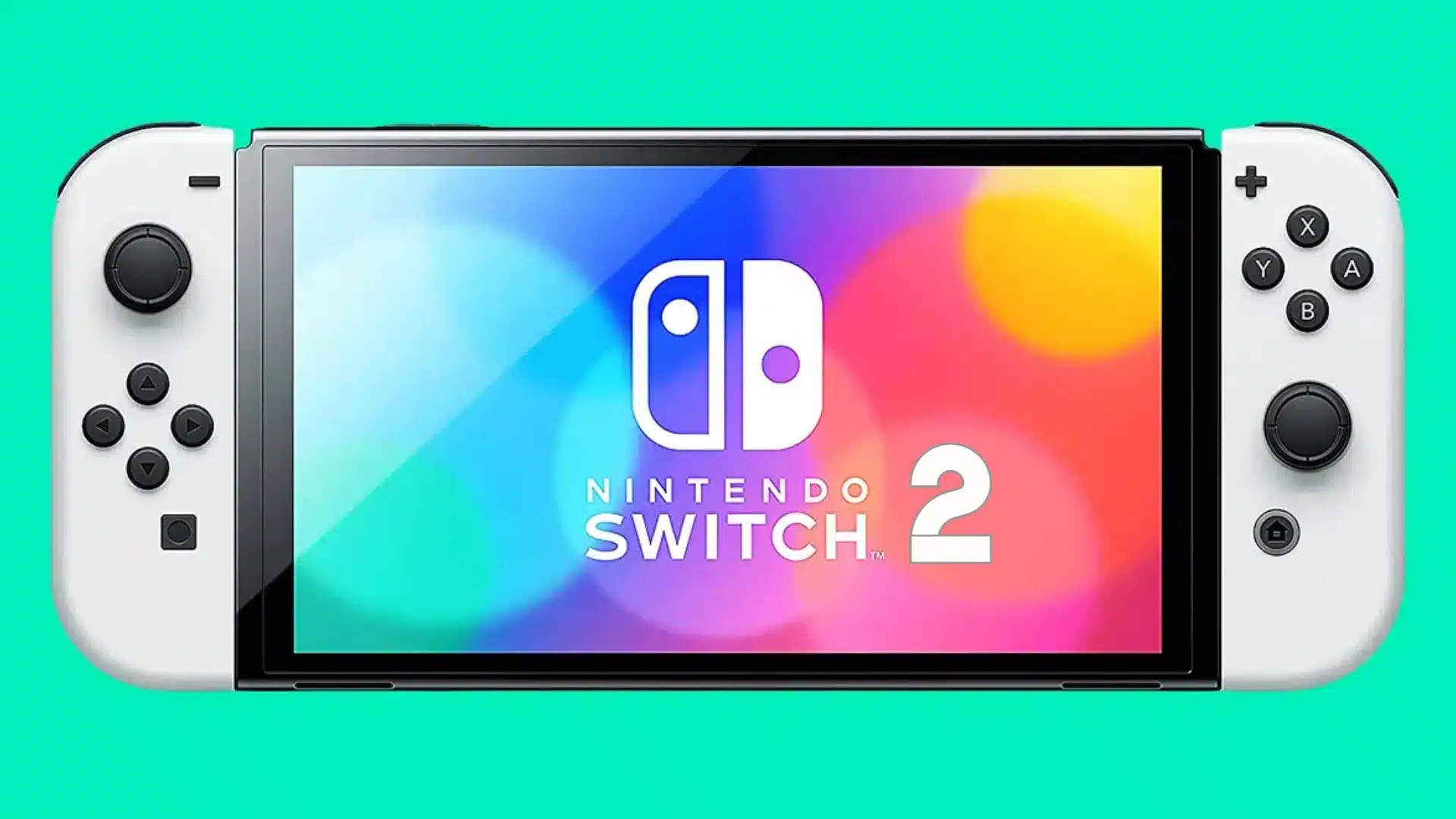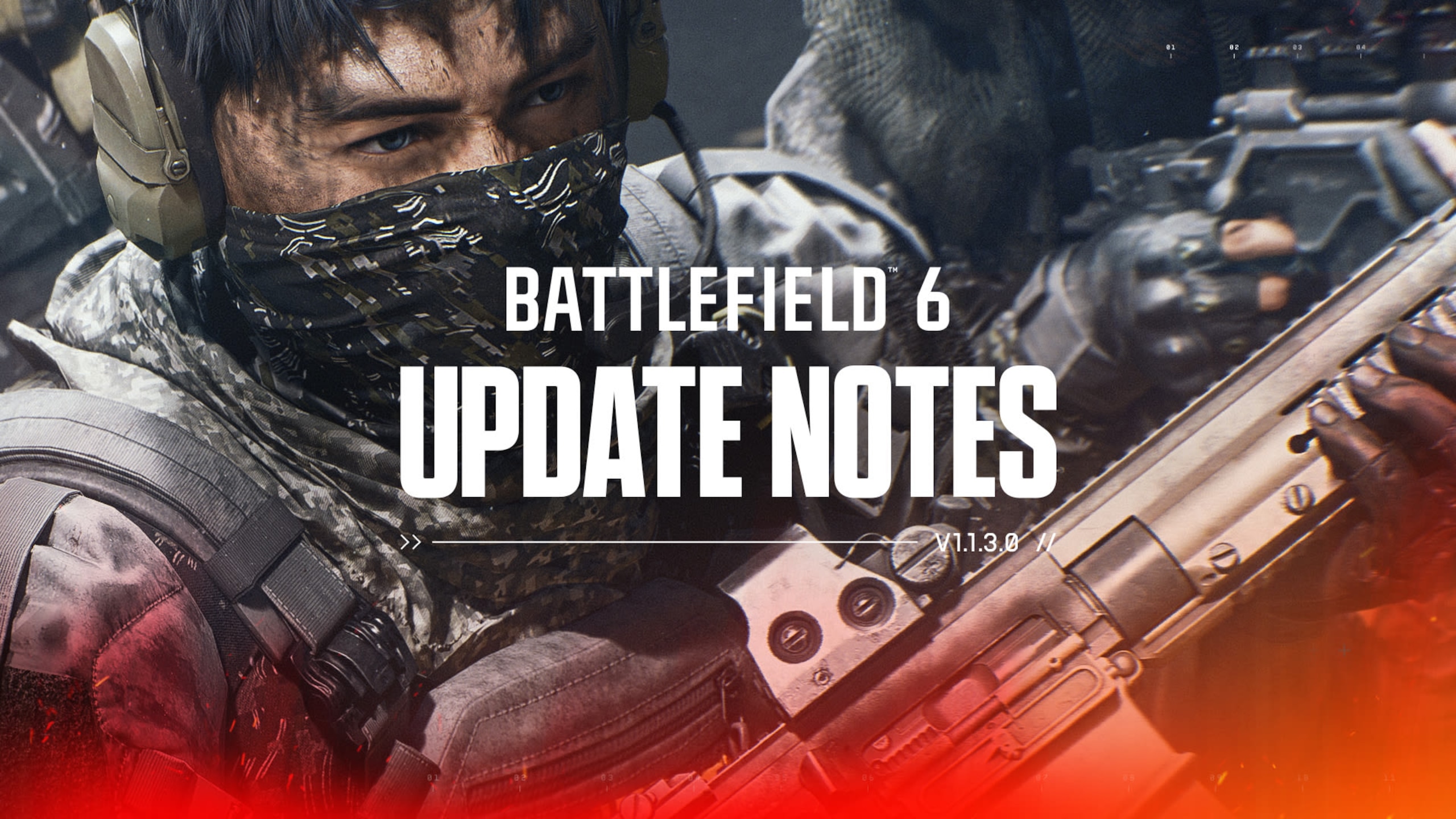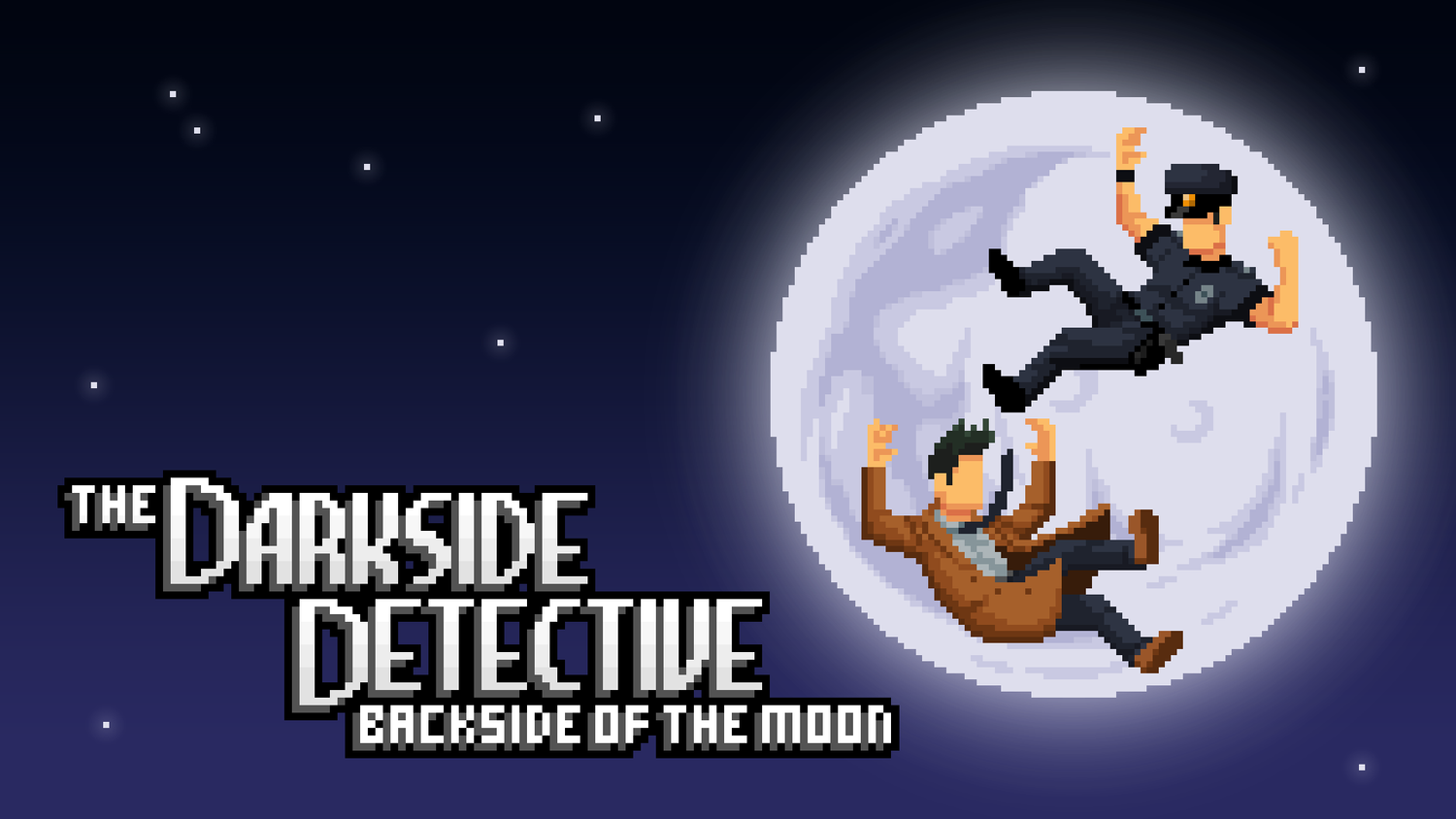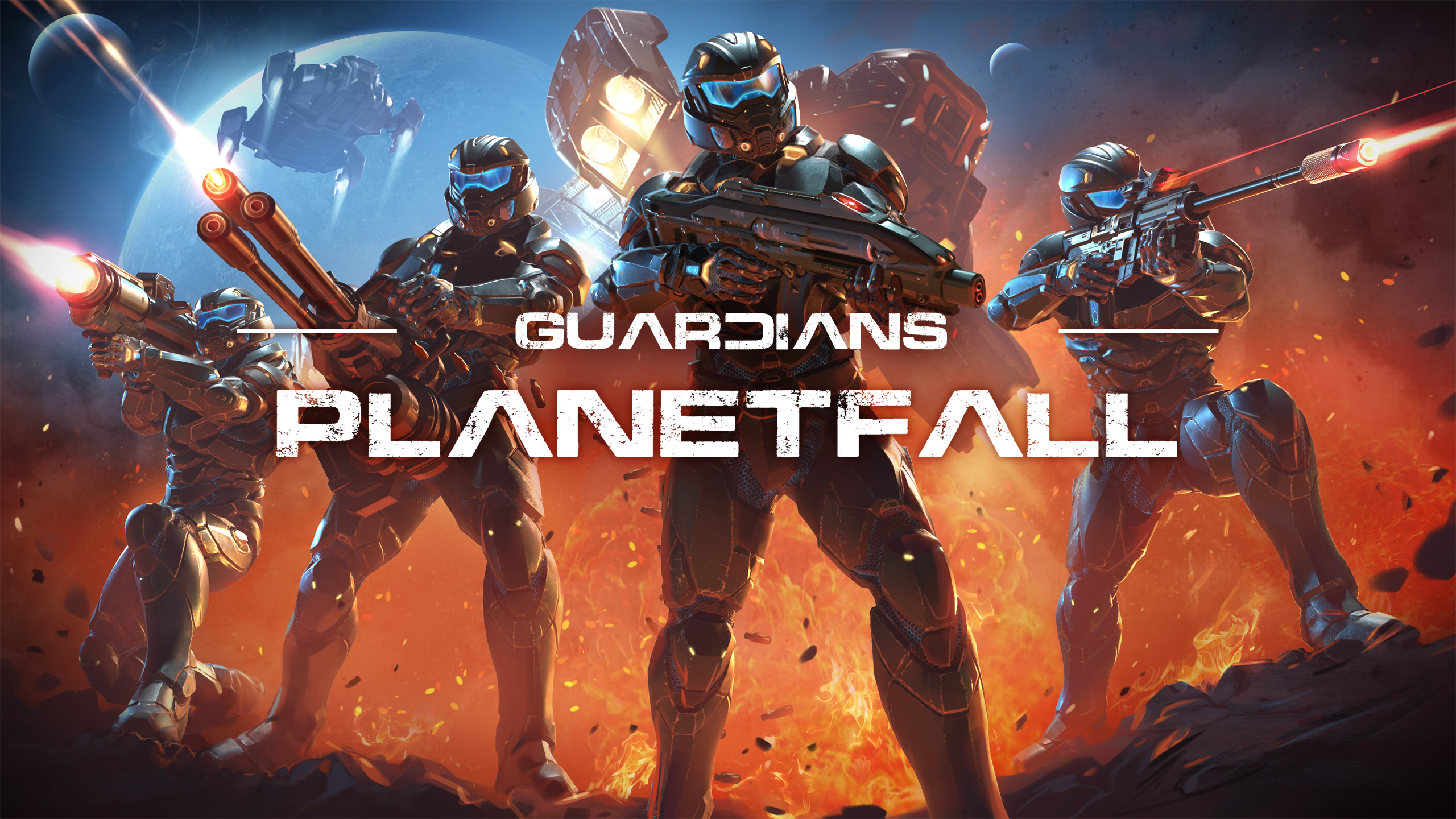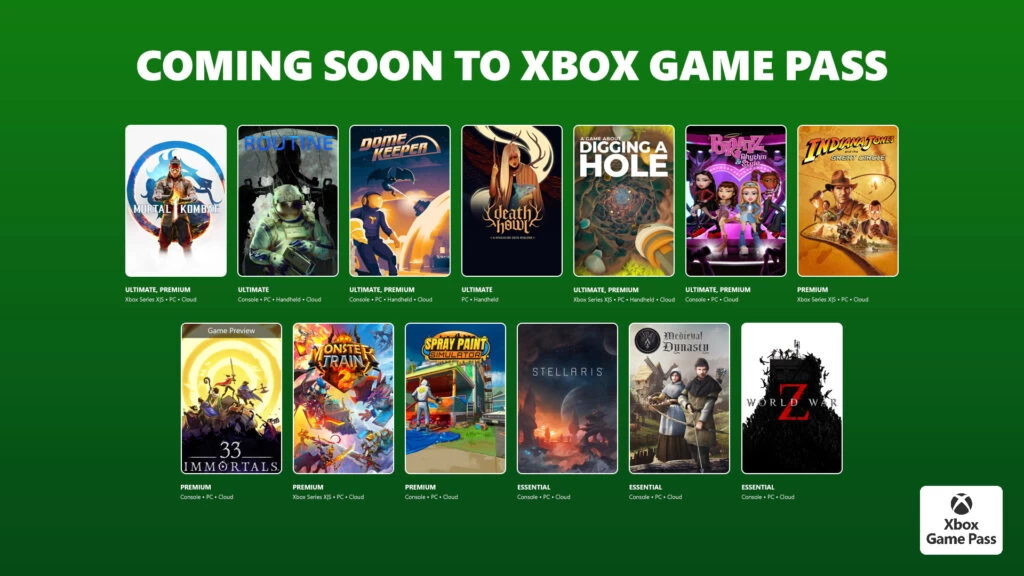It is no secret that the Nintendo Switch has been an insanely successful product for Nintendo. It was exactly what the company needed to wash the taste of the drastically less successful Wii-U out of everyone’s mouths and stay competitive with Sony and Microsoft.
While the Switch may not boast anywhere near the power or speed of current-gen consoles, it has managed to carve its own path in the market with its unique hardware and high-quality exclusives. All good things must come to an end though. We are close to the Switch’s 8th year anniversary on the market and with so many recent rumors and rumblings, we are certainly due for another iteration on Nintendo’s next-gen offering. Whether that will be a follow-up to the current Nintendo Switch or something entirely different is still up for debate. Regardless what it is though, there are still many features Nintendo should consider to keep fans happy. With that in mind, these are some of the features we need for the next Nintendo Switch or what’s otherwise known as the Nintendo Switch 2 (yes, we know that it’s very unlikely Nintendo will call its next console that, but for now, we’re rolling with it).
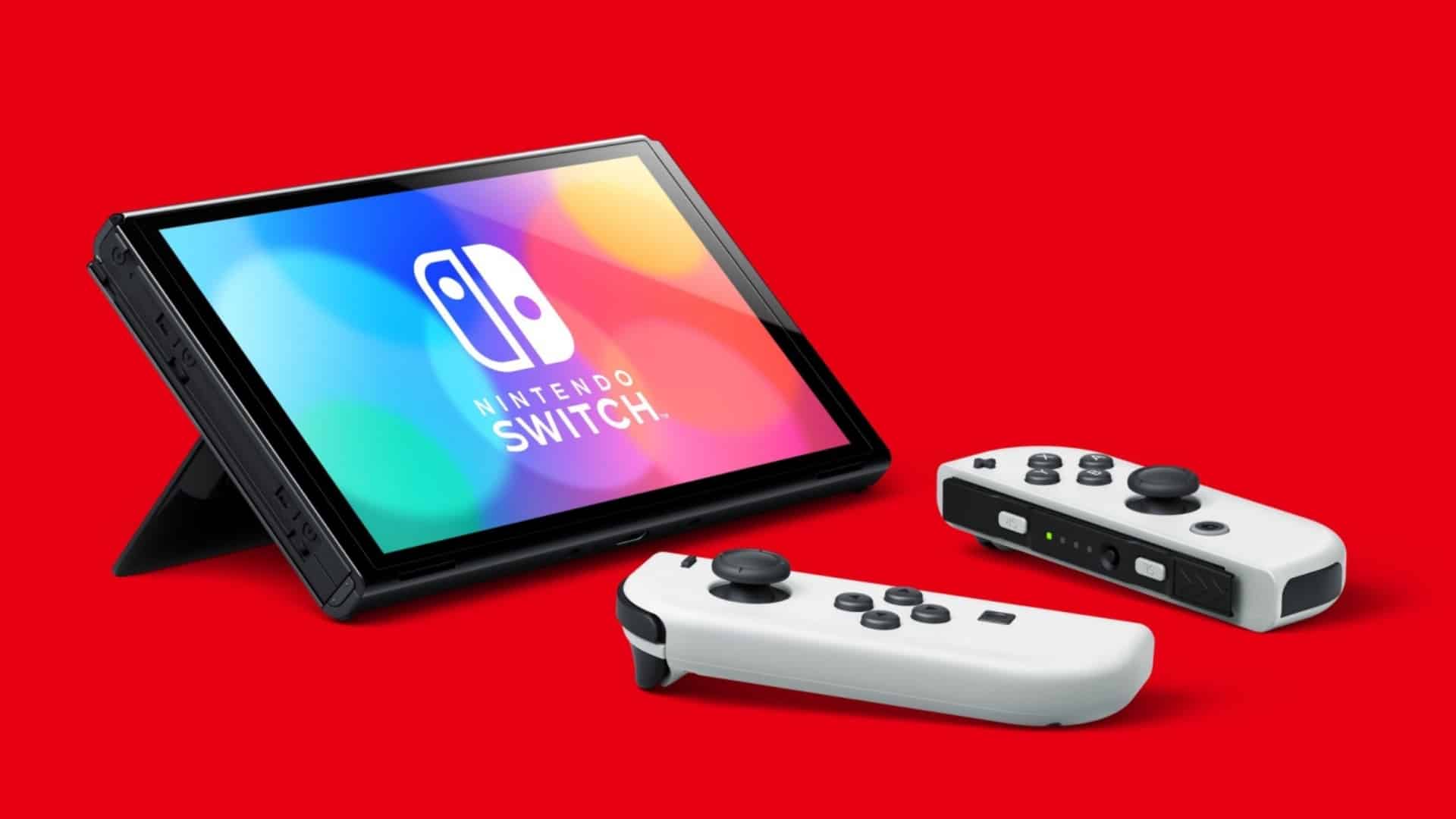
Controller Redesigns
If you own a switch, chances are you have had to deal with two major issues regarding your controllers. They drift and are hilariously small. The latter has been made less of an issue with small hardware additions like the joy-con grip or the pro controller. While it is nice to have options to mitigate these issues, they are all extra expenses that a customer has to pay on top of the price of the console. Controllers that are one-size-fits-all has been the standard approach for many years. Nintendo however, seems to have made the controllers with children in mind specifically, which has left some of us forced to dish out a lot of extra cash on additional controller options. The bigger problem with the controllers here though, is the ongoing issue of drift.
Admittedly, Nintendo has done a noble job of repairing most joy-con drift effected controllers. Regardless, the simple fact that it has been an issue for the consoles entire lifecycle is frankly ridiculous. This problem was exacerbated even further with the Nintendo Switch Lite. The controllers are hard-wired into the console and in order to get them repaired the entire console must be sent in. The idea of controllers that slide on or off a console for handheld or TV play is a genius idea, and in my opinion, should stick around for the next console. What it absolutely does need though, is a redesign to make them feel good in the hands of a majority of gamers and sturdy enough to last. As it stands now, playing a first-person shooter on the console in handheld is nothing short of a nightmare.
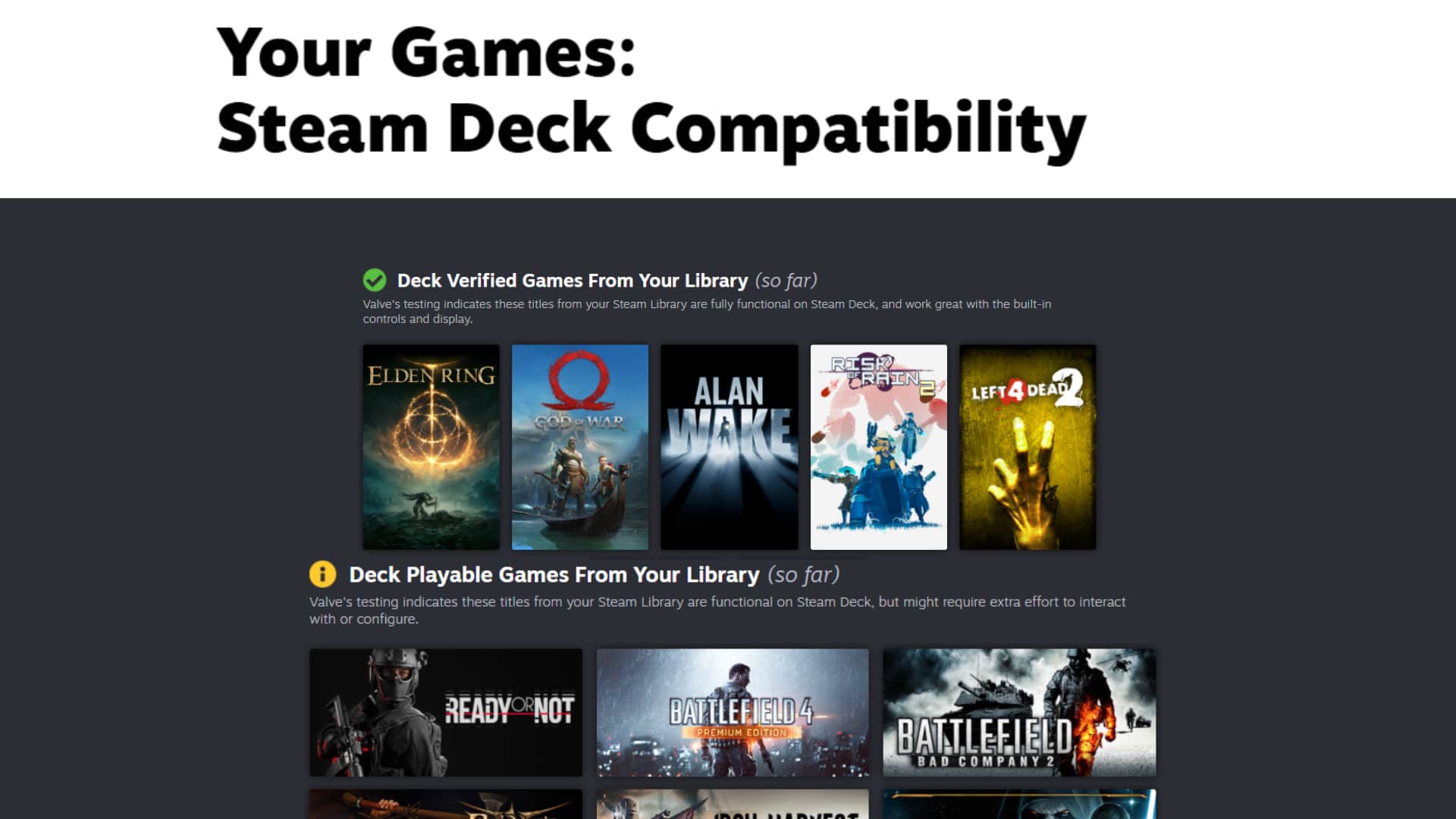
More Power
The handheld market has changed considerably since the launch of the original switch in 2017. Whether Nintendo’s next console will be a handheld is yet to be seen, the fact remains that the Steam Deck can run circles round the switch in a similarly small package is an issue. Nintendo has never strived to create the most technical games. They instead have followed a simple, yet extremely effective, “find the fun” model that has done well for them. While the Wii was offering true motion controls as a never- before-seen feature, PlayStation and Xbox were trying to create the most visually striking games they could. While this strategy still works to this day, it isn’t as effective as it used to be — especially for third-party developers
The Switch is home to many third-party games, and while the sales are usually quite strong, the experience they offer to the player is often a watered down version of itself. Developers have to make cuts and force themselves into constraints in order to work within the limited power of the Switch. This leads into negative press for developers and Nintendo, as ports to their console either get called out for being poorly optimized or outright broken as current games are too demanding for what the console can offer.
Nintendo has never been about delivering top-level industry visuals. As long as their own studios can develop within their systems architecture that is good enough for them. As games switch to Unreal Engine 5 and other complex engines Nintendo needs to considerably up the specs of their next console to future proof themselves for the next eight years and allow third-party developers more freedom to work and thrive within their ecosystem.
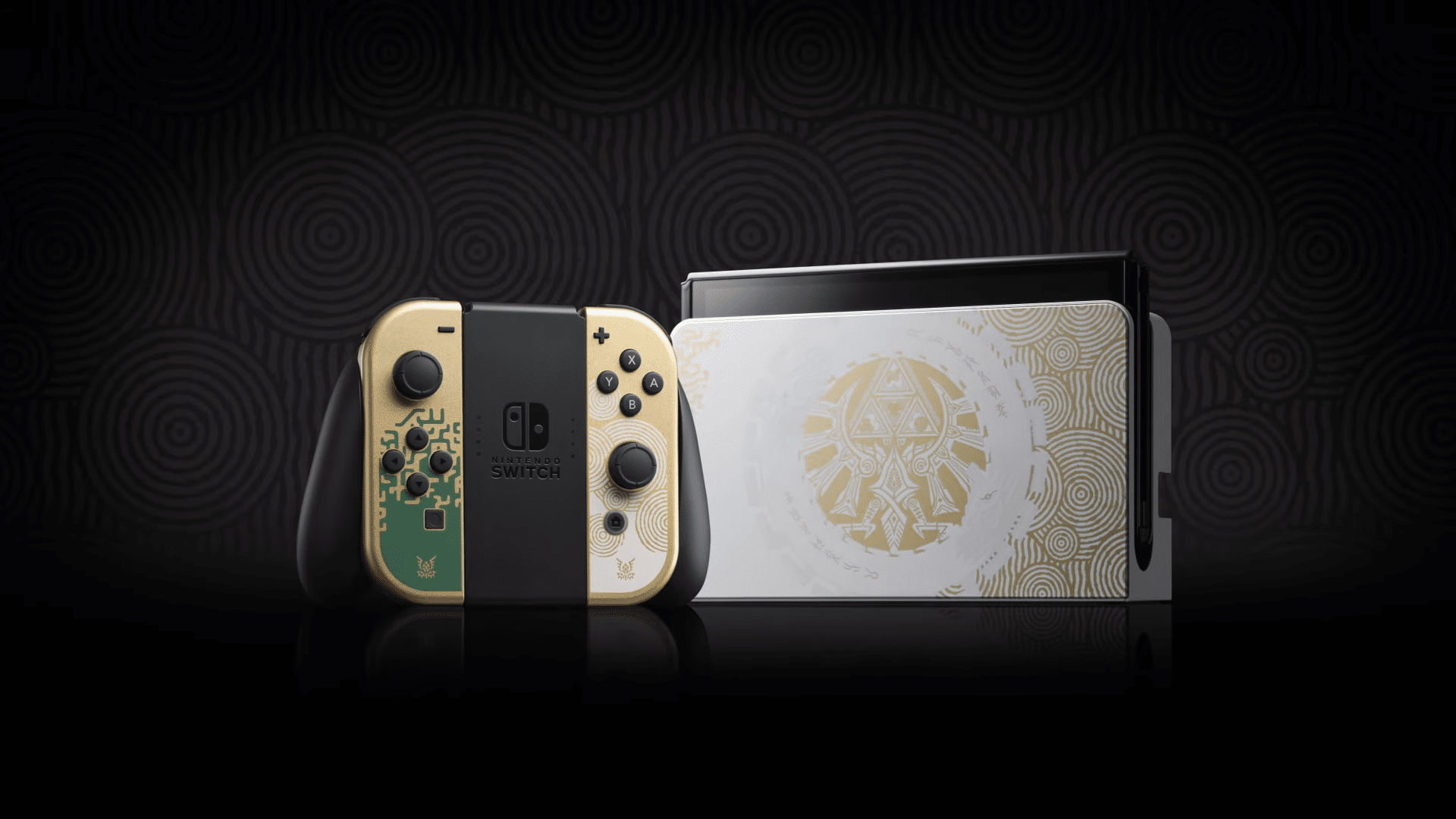
Internal Customization Options
For the longest time, it was thought that themes were coming to the Switch akin to the PS4’s themes. Dynamic themes that could match a games aesthetic and move in the background, or themes that changes the buttons or sounds when navigating the UI. To this day all we have gotten is a choice between Black or White. That’s it. This is exactly as depressing as it sounds, and for a company as extravagant and energetic as Nintendo it seems that it is a huge missed opportunity. Even allowing players to simply add a screenshot as a background would be a big win at this point. For the amount of silly Nintendo titles available, it is a shame to have to boot them up with such a monochrome UI.
Ideally the next console would offer a few basic themes that change the layout of the console and decorate it with someone’s favorite franchise. Of course, they would be free to offer additional themes at a small price, but the fact that they have that option to use them at all is the important part. While Nintendo has created no shortage of options in terms of hardware aesthetics, they could do a much better job at providing players with a console that feels like their own.
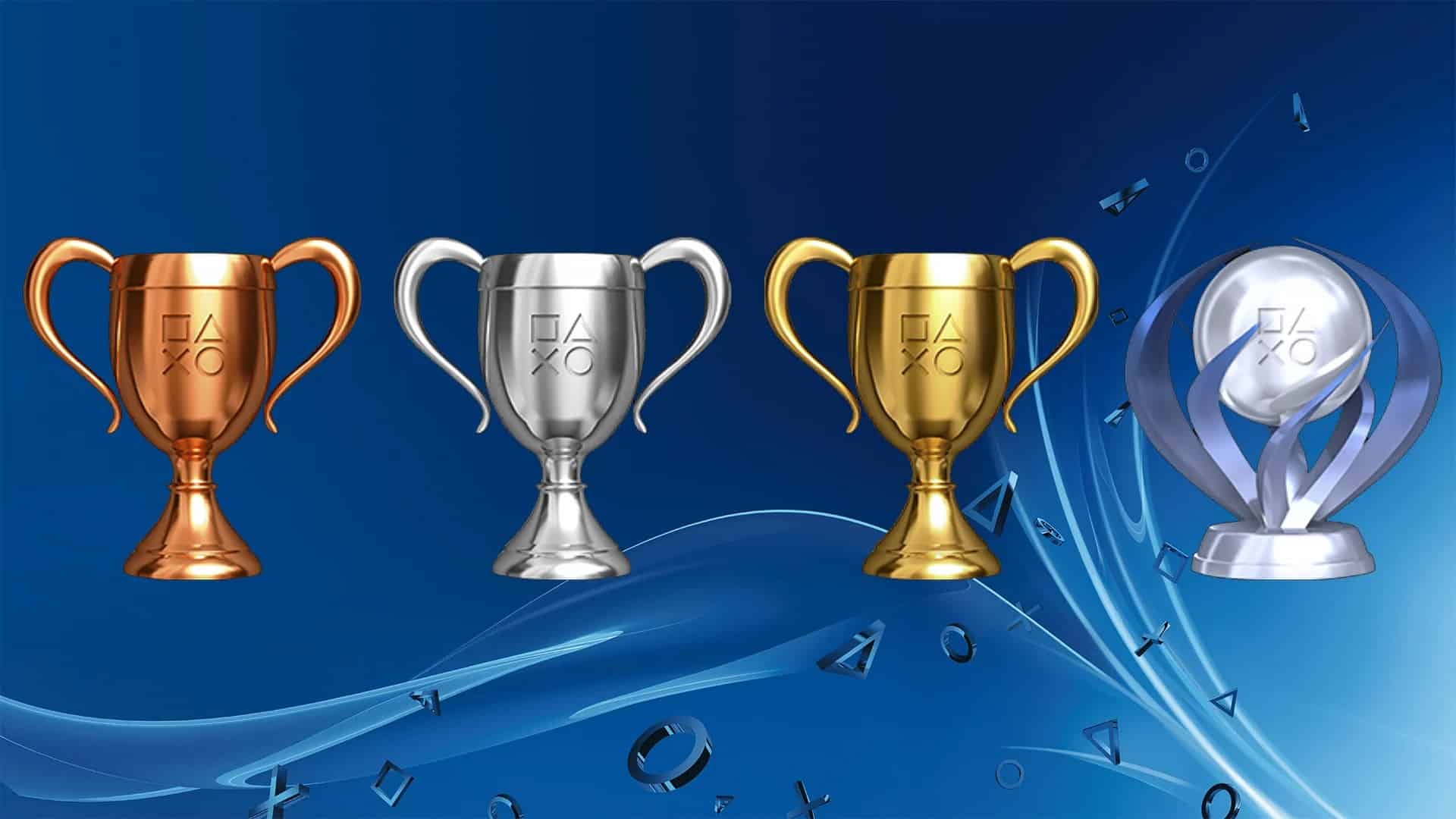
Achievements and Updated Online Capabilities
Achievements and trophies are both staples of the industry at this point. Bragging to your friends that you platinumed a game you loved has become an easy way to show your gaming badge of honor. Nintendo has no such system, and the rewarding feelings a player gets when hitting those achievements are lost when playing on Switch. Apart from being able to add in additional goals for players to strive for their first-party games, it keeps them in line with the competition and lets their players be apart of a community that has existed on other console for years.
This bleeds into the next missing feature which is the Switch’s lack of online capabilities. Voice chat, party systems, connection issues, infrastructure, direct messaging, etc. are all noticeable omissions that make-up a larger issue that Nintendo has been guilty of since the launch of the Switch. The current online platform is laughable compared to other systems and needs to be made a priority. While Nintendo is undoubtably the king of couch co-op, the lack of basic features and reliable servers means that playing online is a chore when you want to.
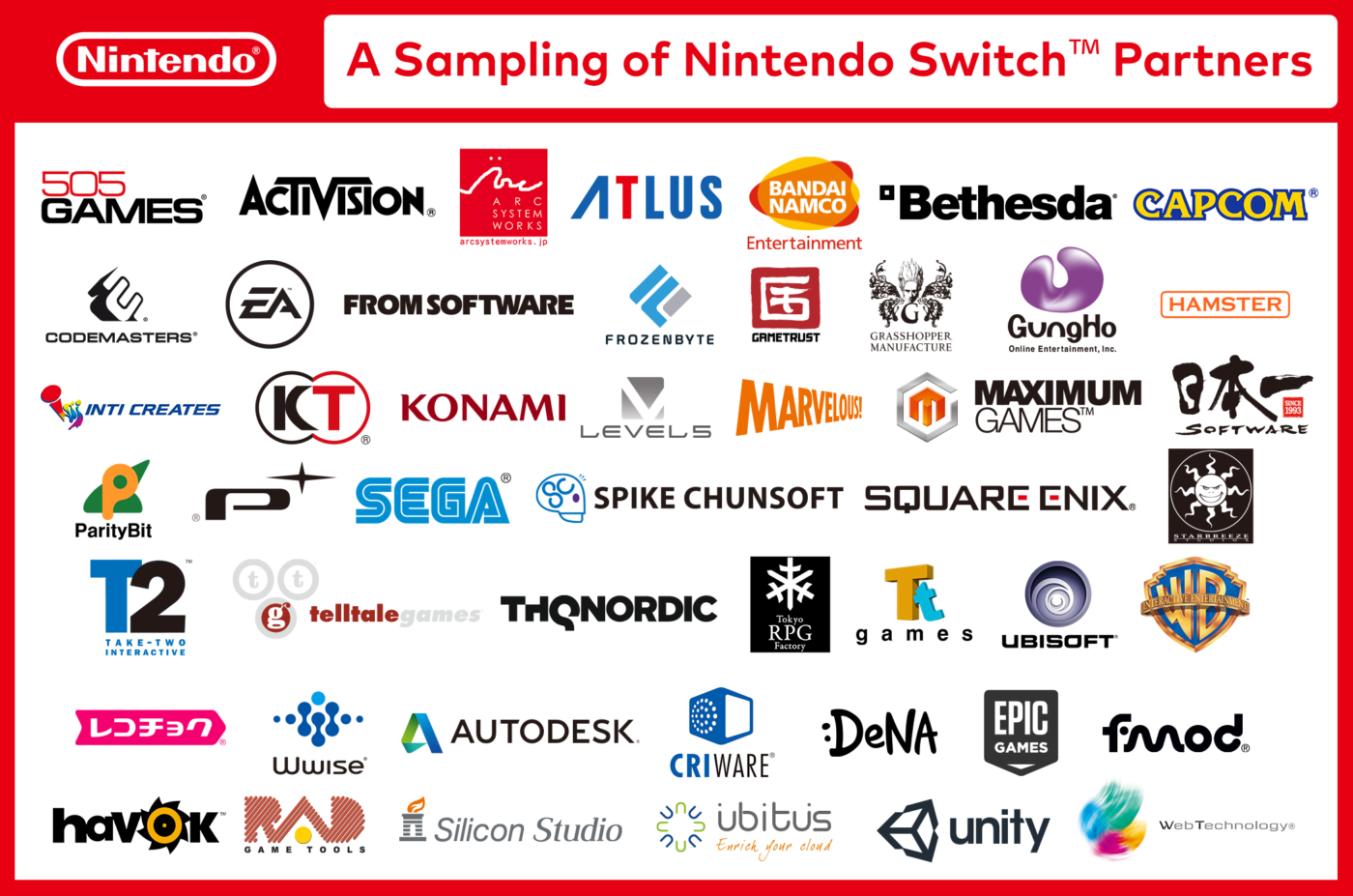
Backwards Compatibility
Times have changed, and many people own most of their games digitally. This creates a unique scenario where companies have to find ways to integrate a customer’s digital libraries into their future hardware. Losing access to games you have already paid for cannot be understated and is what most would consider a make or break when buying a new console. The trade-off is of course, less next-gen exclusive games that fully take advantage of the new hardware.
Often times when a new console comes out, there is a transition period where games will release on both the new and old consoles simultaneously. Ignoring the already large player base of the previous generation means your sales are going to be severely impacted if you choose to release something for next-gen only. Nintendo needs to offer exciting new games and experiences to entice players to buy into their latest hardware. At the same time, it needs to ensure them that their games will follow them as well. Playing old games on a new system can help ease the painful wait for those next-gen releases, and is too big of an ask to expect customers to re-buy their games all over again.
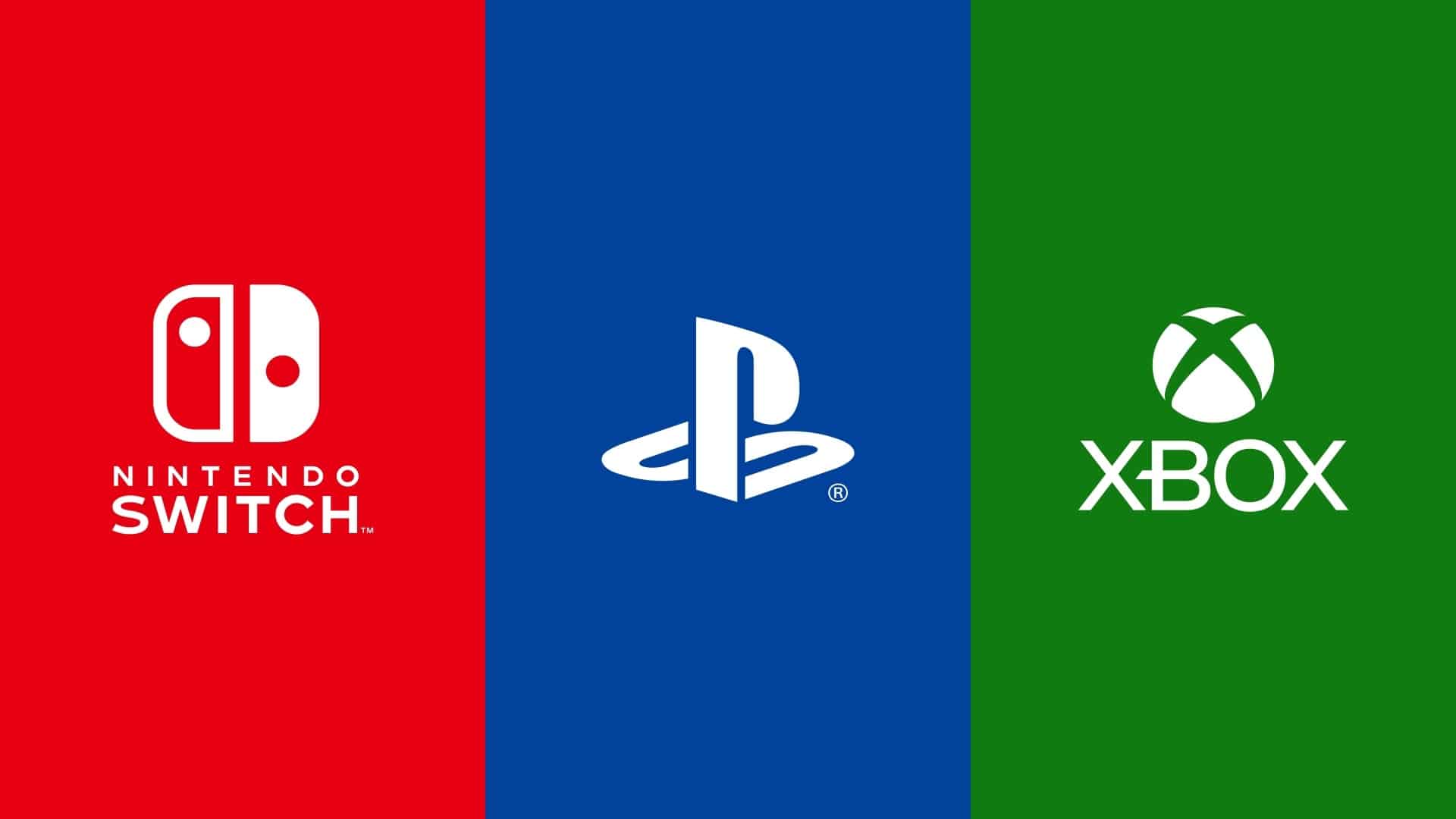
Nintendo Switch, for all of its shortcomings, is still extremely successful and rightfully so. The console is a great entry point for new gamers and offers some of the best first party experiences the company has ever produced. The Switch will continue to sell well, and may even outpace the longstanding champion of console sales, the PlayStation 2, given enough time.
While the Switch has many features to praise, there is also a lot to be desired. Nintendo specifically has never earned their place in the gaming market by directly competing with Sony or Microsoft. Instead they innovate on themselves in new and interesting ways to offer their customers something different each generation. Let’s hope they keep iterating on what makes them unique and desirable, but don’t forget to keep us happy with some modern updates as well.

